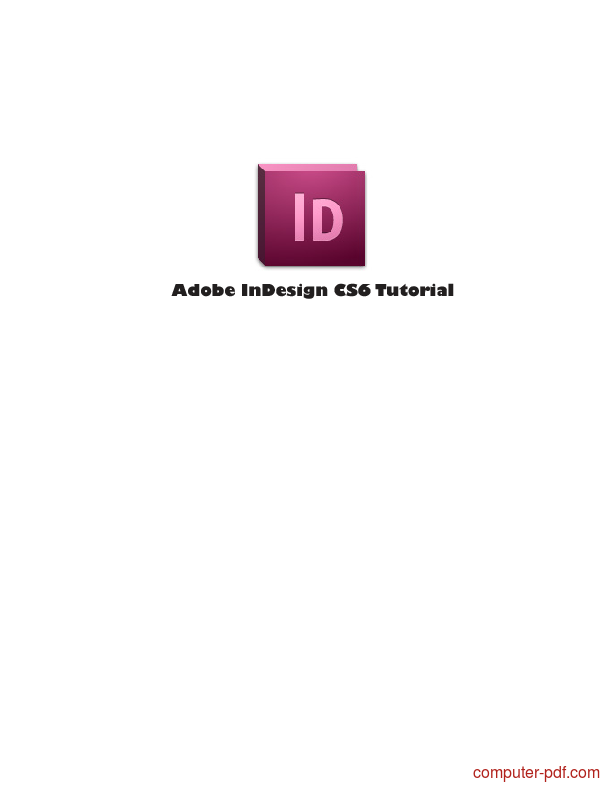

Use the Type Tool (T) to create a text frame across the center of the card, typing in your name or the name of the business.įrom either the Controls panel running along the top of the workspace or the Character and Paragraph panels (Window > Type & Tables > Character or Paragraph), you can adjust the Font, Font Size, Tracking (space between characters, here it’s set to a generous 250), and Alignment (set the text to Align Center). Lock the YOUR BORDER COLOR LAYER HERE layer and unlock the top layer, YOUR TEXT HERE. Choose Rounded for the Shape and set the Size to 0.01 in, to just very slightly soften the edges of the border. With the border selected, head up to Object > Corner Options. From here, you can adjust the thickness of the border by increasing or decreasing the Weight of the stroke. From the Swatches panel, set the Stroke Color of the shape to your other swatch, here Deep Yellow, and set the Fill to. Select the Rectangle Tool (M) and drag onto the page, nesting the rectangle shape against the margin line. Lock the YOUR IMAGE HERE layer and unlock the next layer up, YOUR BORDER COLOR HERE. Select the Rectangle Frame Tool (F) and drag across the page, matching the dimensions of the colored rectangle on the layer below. To make your card template flexible, we can add an image frame on this layer so you can swap plain color for a photo or illustration if you prefer.

Then lock YOUR BACKGROUND COLOR HERE, and unlock the layer above, YOUR IMAGE HERE. Remaining on the YOUR BACKGROUND COLOR HERE layer, take the Rectangle Tool (M) and drag across the page, extending it up to the edge of the bleed on all sides.įrom the Swatches panel, set the Fill of the rectangle to one of your new swatches, here Salmon Pink. Name it Salmon Pink and set the levels to C=0 M=41 Y=28 K=0. Repeat the process to create a second new swatch. To recreate the swatches used here, name the swatch Deep Yellow and set the CMYK levels to C=4 M=13 Y=91 K=0. Creating a simple two-color palette is a good place to start, and you can always tweak or switch up the colors as you work.Įxpand the Swatches panel (Window > Color > Swatches) and choose New Color Swatch from the panel’s drop-down menu (accessible at the top-right of the panel). With your layers set up, you can now start to think about the color you’d like to use on your cards. Double-click to rename as YOUR IMAGE HERE.Ĭreate a further two new layers, first YOUR BORDER COLOR HERE, and at the top of the pile, YOUR TEXT HERE.Ĭlick in the blank space to the left of each layer’s name to lock all the top layers, leaving only YOUR BACKGROUND COLOR HERE unlocked and active at the bottom. Rename the layer YOUR BACKGROUND COLOR HERE and click OK.Ĭlick on the Create New Layer button at the bottom of the panel to create a second new layer. Step 2Įxpand the Layers panel (Window > Layers), and double-click on the default Layer 1 name in the panel to open up the Layer Options window. * Here we’re setting up the card to a standard US size, 3.5 by 2 inches, but you can set up the card to a different size if you prefer. From the Page Size menu, choose US Business Card*, or manually set the Width to 3.5 in and Height to 2 in.Īdd Margins of 0.1875 in, and a Bleed on all the edges of 0.125 in. Under Intent choose Print, set the Number of Pages to 1 and uncheck Facing Pages. Open up Adobe InDesign and go to File > New > Document.
#Indesign print pdfwriter how to#
How to Create Your Business Card in InDesign Step 1 Ready to get started? Awesome, let’s dive in. We’ll look at the whole process of setting up the artwork for your cards in InDesign, how to customize your design, and finally how to export it ready for printing. We’ll also look at some cool ideas for adapting your design to your career, whether you’re a vector artist, coder, or graphic designer. Here we’ll put together a flexible template in Adobe InDesign which you can customize with your own color, graphics, and text. With this in mind, the design of this tiny piece of paper needs to be spot-on-attention-grabbing, stylish, and instantly clear about what services you offer.Ĭreating a gorgeous-looking business card can be really quick and simple. Compared to an email, a printed card is visible for longer, acting as a visual cue to the client to get in touch. Whether clipped to the top of your resume or handed out at a networking event, the humble business card is an absolutely essential tool for reaching out to potential new clients.


 0 kommentar(er)
0 kommentar(er)
